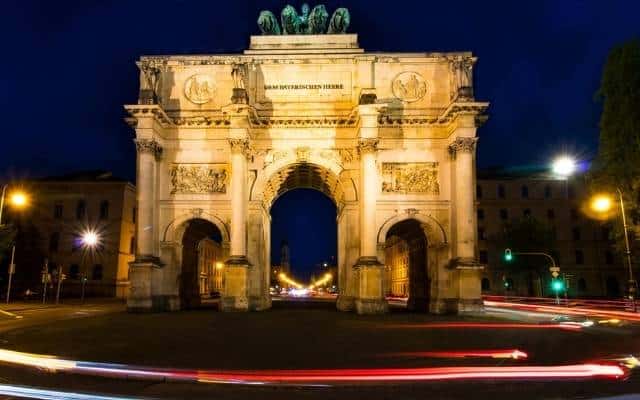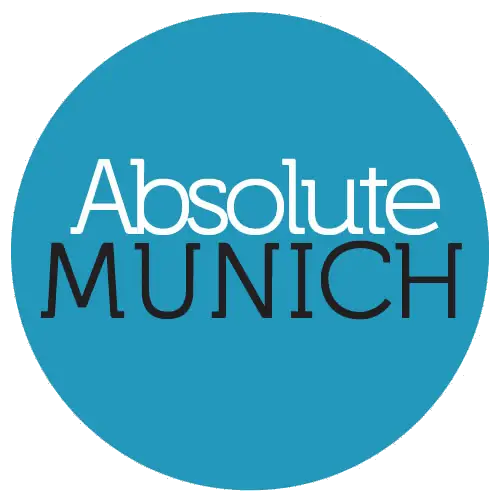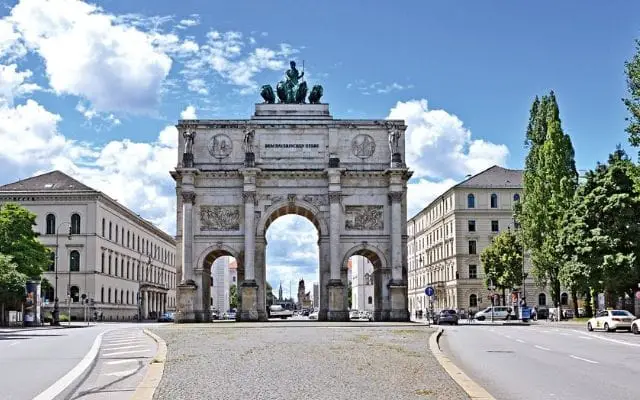The wonderful Siegestor Munich is an amazing piece of architecture styled on the famous Arch of Constantine that can be found in central Rome.
Traits from the Arce de Triomphe in Paris, and from Berlins Brandenburg Gate also appear apparent, as there are striking similarities in some of the structural design aspects of the Siegestor to both of those well-known world famous landmarks.
Siegestor actually translates in English as Victory Gate, and that title is suitably apt, especially considering the structure was built specifically to pay homage to the exploits of the Bavarian Army’s role in defeating Napoleon Bonaparte and driving his armies from Germany.
This event is clearly evident from the depictions of Bavarian soldiers in battle that are inscribed onto the walls of the Siegestor Victory Gate.
The Design of the Siegestor Munich
This is one of Bavaria’s most famous architectural marvels, and at 21m in height, 24m in breadth, and 12m in depth the Victory Arch totally commands the surrounding area between the districts of Schwabing and Maxvorstadt.
With a lion Quadriga (chariot) sitting atop, the Siegestor gives off a powerful, almost mystical aura that is hard to miss for any visitor to this part of Munich.
Unlike the usual sculptured Quadriga, such as that which adorns the apex of the Brandenburg Gate, the Siegestor’s Quadriga sports four lions pulling the chariot rather than four horses. The lions signify Bavarian heritage and sit proudly as testament to the powerful Wittelsbach Family Dynasty, who had ruled Bavaria for well over half a millennia.
With a dedication inscribed in the north side of the Siegestor Munich which reads “Dem Bayerichen Heer” – For the Bavarian Army, it’s no wonder this impressive construction is so popular with war historians, avid photographers and tourists alike.
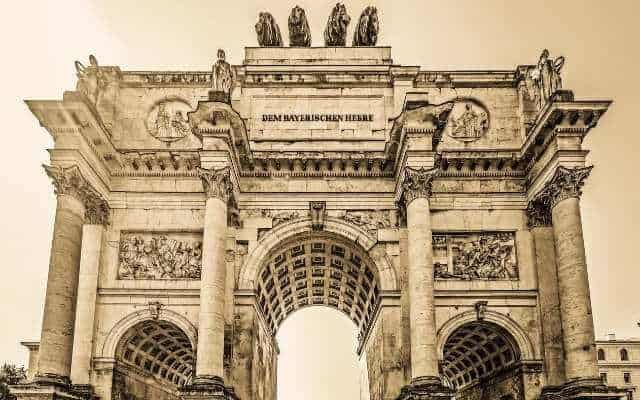
Who Built the Siegestor?
It was Bavarian King Ludwig I who commissioned the best architectural talents of the time to come up with the concept of the Siegestor as a war memorial.
King Ludwig then entrusted those architectural candidates with the Victory Gate’s conception in the early part of 1842.
Ludwig himself actually paid for the Siegestor memorial archway from his own pocket at a cost at the time of 420,000 florins.
Finally, and after much deliberation, it was architect Friedrich von Gartner who came up with the agreed on design of the Victory Arch, and who oversaw the Siegestor Munich construction in 1843. Co-incidentally Gartner had spent time on his architectural education in both Rome and Paris, where certainly he had gained a measure of inspiration for the Siegestor’s design.
Unfortunately, Gartner passed away in April of 1847, and it was left to his apprentice, Edward Metzger, to complete the construction of the Siegestor Gate in 1852.
Breathtakingly beautiful in its physicality, the vintage gothic/neo-classical design of the Victory Arch has a bronze effigy of Lady Bavaria, designed and sculptured by artist Johann Martin von Wagner, riding the chariot atop of the Siegestor. The lady Bavaria is meant to be a female representation of the Bavarian homeland who expresses the strength and glory that is Bavaria.
Siegestor Munich Video History
Find out more about the Siegestor Munich in this video history that includes some great footage of the Siegestor from above and at night.
Please consider liking and subscribing to the Absolute Munich YouTube Channel while you’re at it!
The Destruction and the Resurrection of the Siegestor
The devastating aftermath of the 2nd world war in Munich saw the Victory Gate heavily damaged and it was decided by city administrators that the memorial should be completely dismantled. Thankfully this did not happen and instead, plans were made to restore it to its original and glorious condition.
After being painstakingly repaired and fully reconstructed, the Victory Gate was declared a monument of peace and the words “Dedicated to Victory, Destroyed by War, Urging Peace” were inscribed upon it (Dem Sieg geweiht, vom Kriege zerstört, zum Frieden mahnend)
Where is the Siegestor Gate in Munich?
The Siegestor Victory Gate is located where Ludwigstraße ends and Leopoldstraße begins right by the Ludwig-Maximilians University campus just to the north of downtown Munich.
How Do I Get to the Siegestor?
There are a number of ways to get to the SIegestor with the most popular being by the Munich underground (U-Bahn) train system.
However, many people choose to walk as it is only a 20 minute stroll from Marienplatz whilst others arrive at the Siegestor by bicycle, scooter, skateboard or other various transport options.
Walk: The stroll to the Siegestor Munich is about 1.5kms from the city-center (Marienplatz). Head North towards Odeonsplatz which in turn, will eventually become Ludwigstraße.
Train: Closest U-Bahn underground station is Universität – München which is on both the U3 and the U6 lines. Exit the station to street level and walk about 200m north up Ludwigstraße.
For a sustainable look at Munichs Transport System please check out our blog on the subject HER
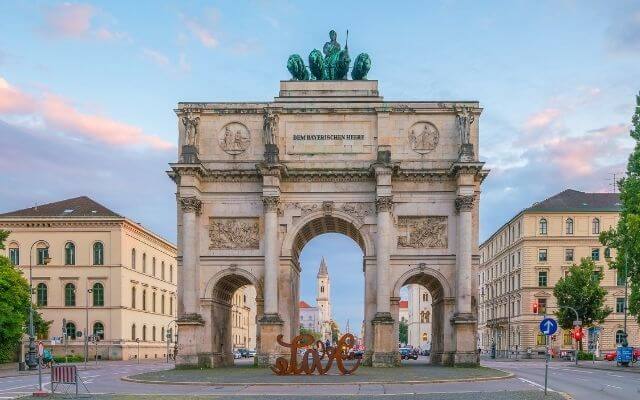
The Siegestor – Munich’s Most Famous War Memorial
The Munich Victory Gate with the state’s patroness Lady Bavaria standing tall on its lofty heights, is certainly an impressive structure and definitely a revered Bavarian symbol. This is definitely an architectural and historical beauty to behold that draws tourists from all over the world.
So if you ever find yourself in the city, ensure you walk up Ludwigstrasse to get a chance to witness and bask in the glory of this magnificent landmark that is the Siegestor Munich.
At night the monument is illuminated wonderfully, and one can almost imagine those triumphant Bavarian troops from the German-Franco War marching beneath the arches into Munich City.
Very close by to the Siegestor Munich are the English Gardens the Munich Rezidence, Konigsplatz and Munich’s Hofgarten so there are plenty of things to see and do in the immediate vicinity and you could easily spend a long afternoon here enjoying the sights of the area.
Siegestor Munich: Audio Read of Article
